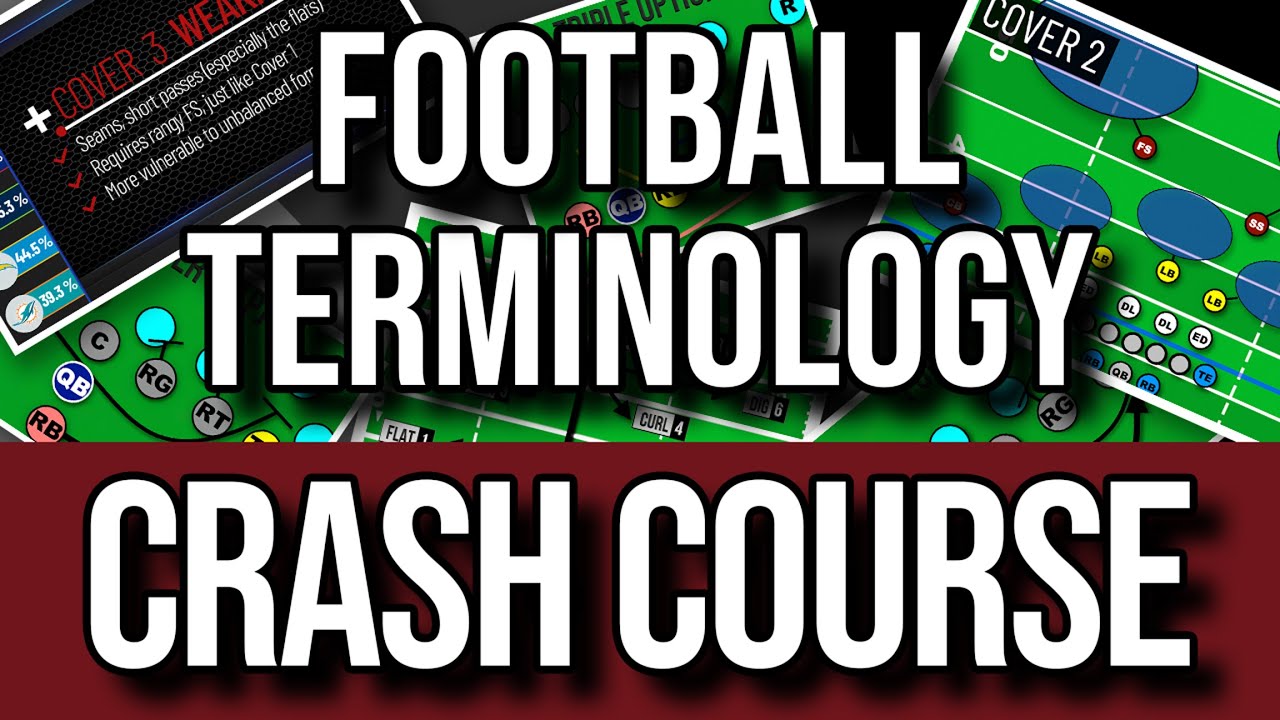Football is not just a game of skill; it’s also a strategic contest that relies heavily on player positions. Each role comes with its own set of responsibilities and skills that contribute to the team’s success.
Goalkeeper
The sa88 sports goalkeeper is the last line of defense and plays a pivotal role in a team’s strategy. Their primary responsibility is to prevent the opposing team from scoring by guarding the goal.
Skills and Responsibilities Goalkeepers require exceptional reflexes, agility, and excellent decision-making skills. They must be able to read the game, anticipate shots, and position themselves effectively. A goalkeeper’s ability to distribute the ball—either by throwing or kicking—is also critical for initiating counter-attacks.
Types of Goalkeepers There are various types of goalkeepers, ranging from traditional shot-stoppers who excel at saving penalties and headers to modern “sweeper-keepers.” The latter not only protect the goal but also participate in the build-up play and control the space behind the defensive line.
Defenders
Defenders are tasked with protecting the goal area and thwarting attacking efforts from the opposing team. They form the backbone of the defense and generally fall into three sub-categories: center-backs, full-backs, and wing-backs.
Center-Backs Typically positioned centrally, center-backs are responsible for marking strikers and winning aerial duels. Their physicality and positional awareness are paramount, as they need to read the game and organize the backline.
Full-Backs Full-backs cover the wide areas of the defense and are expected to overlap wingers, providing width to the attack. They require a mix of defensive acumen and attacking flair, as their dual role makes them vital to both defending and pushing forward.
Wing-Backs Often found in teams using a formation with three central defenders, wing-backs operate on the flanks and are key to both defense and offense. They are often involved in creating goal-scoring opportunities through crosses and cutbacks.
Midfielders
Midfielders serve as the link between defense and attack. Their versatility allows them to adapt to different situations, making them a critical component of any football team.
Central Midfielders These players control the game’s tempo, dictate passing, and maintain possession. Their vision and decision-making skills help them find gaps in the opposition’s defense.
Attacking Midfielders As the name suggests, attacking midfielders focus on creating scoring opportunities for forwards. Their creativity and technical skills allow them to unlock defenses and orchestrate attacks.
Defensive Midfielders These players excel at breaking up opposition attacks and providing defensive cover for the backline. Their work rate and tactical awareness make them vital in transitioning from defense to offense.
Forwards
Forwards are the primary goal-scorers and are often the most celebrated players on the team. Their main job is to convert chances into goals, and they come in various forms.
Strikers Often positioned closest to the opponent’s goal, strikers are expected to finish chances efficiently. Their poaching instincts, pace, and shooting abilities distinguish them as key offensive threats.
Wingers Wingers operate on the flanks and are responsible for delivering crosses into the box. Their speed and dribbling skills create mismatches against defenders, often leading to goal-scoring opportunities.
Second Strikers These players combine aspects of both midfield and forward roles. Second strikers usually drop deeper to connect play and support the central striker while also seeking goal-scoring opportunities.
Having explored player positions, we can now analyze more advanced tactics that shape the way football is played. Understanding these strategies elevates one’s appreciation of the sport and reveals the intricacies behind each match.
